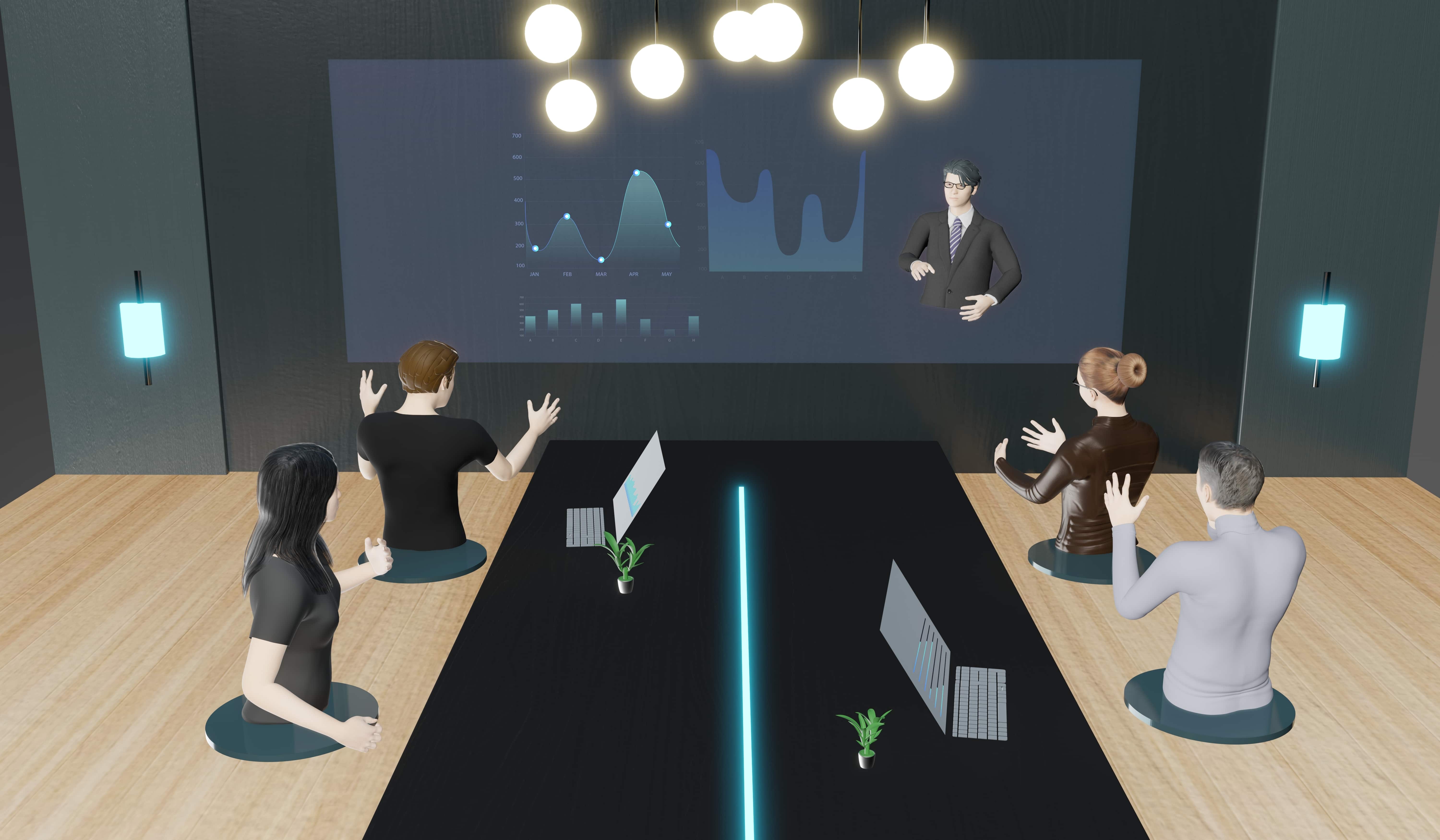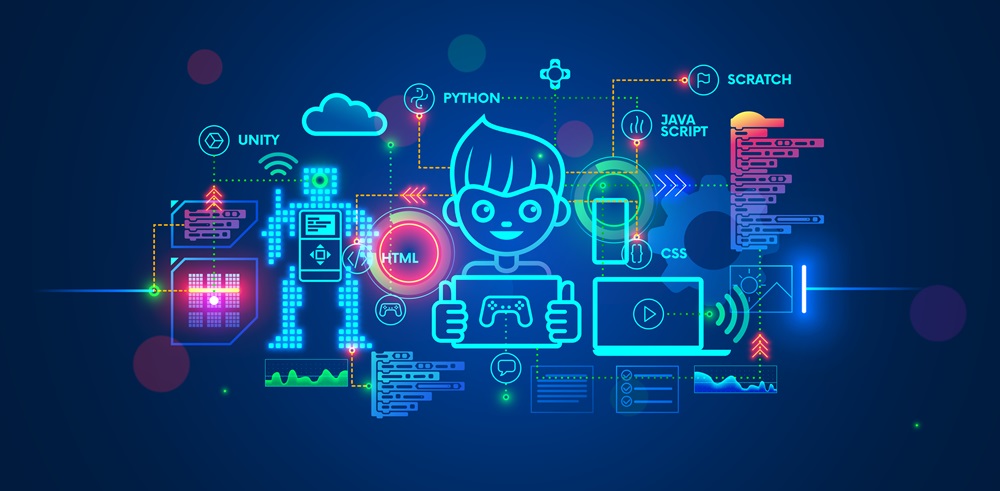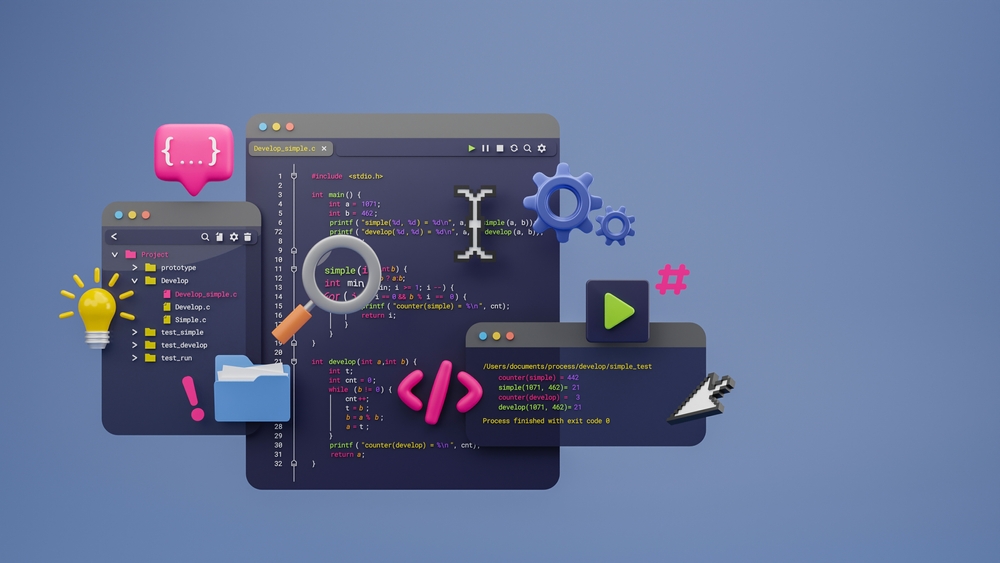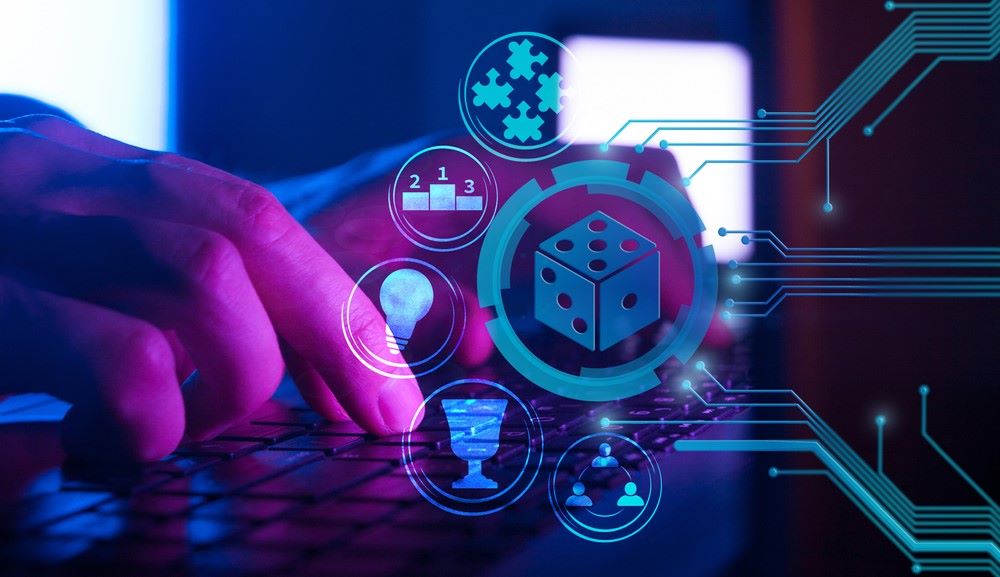5 Positive Impacts of Gamification in Workplace
People
often get bored with their routine work. They start resenting for turning up
for work every day. This makes them lose their efficiency, thereby, affecting
their productivity.
Therefore, if work is made fun of, they won’t resist much. Gamification does exactly what is called workplace culture fun. It is a
“learning through gaming” system. It is helpful in all places of work.
It can
be used to motivate people, improve their productivity, and encourage
creativity. It is not only used in corporate culture but also in education. It has
the following benefits attached to gamification in the workplace:
Benefits of Gamification in the Workplace
Workplace gamification is more than just a trend; it's a strategy that can redefine how employees approach their tasks. Let us discover how gamification benefits employees and organizations by injecting fun and motivation into daily routines, ultimately driving greater efficiency and results.
1. Increases Motivation, Improves Productivity, and Creativity
Gamification comes with goals, achievements, and reward systems to boost employee motivation. Tasks become mundane if there is no reward in return. Thus, there is no motivation for one to work harder.
Therefore, by implementing gamified products, there will be an increase in employee satisfaction and performance.
A satisfied employee tends to perform better and gives his best to his work which eventually improves his productivity. Workers,s participation in reward-generating programs also encourages creativity among employees.
For example,
Google spends a great part of its employees’ working days engaging them
in playful activities that improve their creativity.
2. Facilitates Smooth Training & Develops Skills Amongst Employees

It is
important for a company that everyone in the office should know the pros and cons
of social media, so they make a better impact. For this, the staff requires
training, but employees don’t often find training as important.
Therefore, change in the training program by way of gamification makes training easy and fun. Companies have designed training through levels of games such as rookie, pro, expert, and master. This has developed enthusiasm amongst employees and observed larger participation.
Gamify workplace, besides giving training to its employees, also helps in essential skill development. Virtual reality in entertainment is used as a virtual training program these days, which helps employees improve their essential aspects to progress in areas like leadership, communication skills, competing skills, stress management, negotiation skills, etc.
For instance, a company
wanted their employees to reply to chats to create threads and write blog
posts, but the employees didn’t show much interest.
So, the company added a point scheme system for social media engagement, wherein, they will get rewards like pizza, beer, and trophies. This paced up their social media engagement.
Related post: Metaverse Training: A New Dimension of Corporate Training
3. Instill a Sense of Perseverance Among Students
The use of games allows students to overcome failure and persevere. In games, students get a sense of agency, wherein, they make their own choices and control them. It is believed the more agency students have, the better they do. Students are made to watch instructional videos and complete problem sets.
They are awarded badges for each assignment they complete. Extra rewards and feedback are given for their good performance. For instance, a teacher who wants to make his boring classroom sessions interesting can easily introduce fun into his daily curriculum through gamification.
Students can be made to practice math and other languages through the use of computers and video games. This may boost their thirst for learning. This can also be adopted in tournaments.
See also: Trends in the gaming industry
Tournaments incentivize students to learn the material and practice. Practicing for tournaments through gamification improves performance, boosts morale, instills competition, and gets students excited about demonstrating their learnings.
4. Gamify Workplace Develops Corporate Image

Gamification
helps a company to build on its corporate image, to come out strong in front of
competitors, employees, and the public. Communication is one such corporate
tool that is very important for the success of any organization.
Gamified workplace programs can act as an internal communication tool to attract potential investors who might want to invest in the company or potential candidates who may wish to join the organization as well as to strengthen the role of the staff.
Through workplace gamification, communication becomes easier. It helps one to learn the different ways of transmitting any information what would be the best mode of transmitting and how can it be made effective.
It also becomes simpler to explain the characteristics of the economic sector our organization belongs to, its hindrances, and its potential as a company.
5. Gamification in the Workplace Promotes Innovation
Gamification allows a company to introduce innovation in its work. This is a key aspect that leads a project toward success. Game-based learning boosts confidence and encourages them to bring innovation, based on what they have done in games.
People stop asking what is to be done, rather they say this should be done in this situation.
Read more: Virtual reality for real estate agents
It develops their mind to bring innovative ideas when stuck in a particular situation. They stop doing tasks mundanely and come out with innovative solutions. It gives better results. This is a growing trend for the potential growth of both businesses and employees.
We can conclude by saying that gamification has established itself in every manner possible from grading students to building a strong corporate image. It has got a lot to do, especially in a corporate culture like setting and meeting targets, facilitating training, educating, and rewarding employees.
By adopting gamification in the workplace, brands have observed lower turnover rates, improved productivity, better job satisfaction among employees, and better online reviews.
This has enhanced the belief of companies in gamification and has paved the way to adopt the “learning through gaming” culture.






